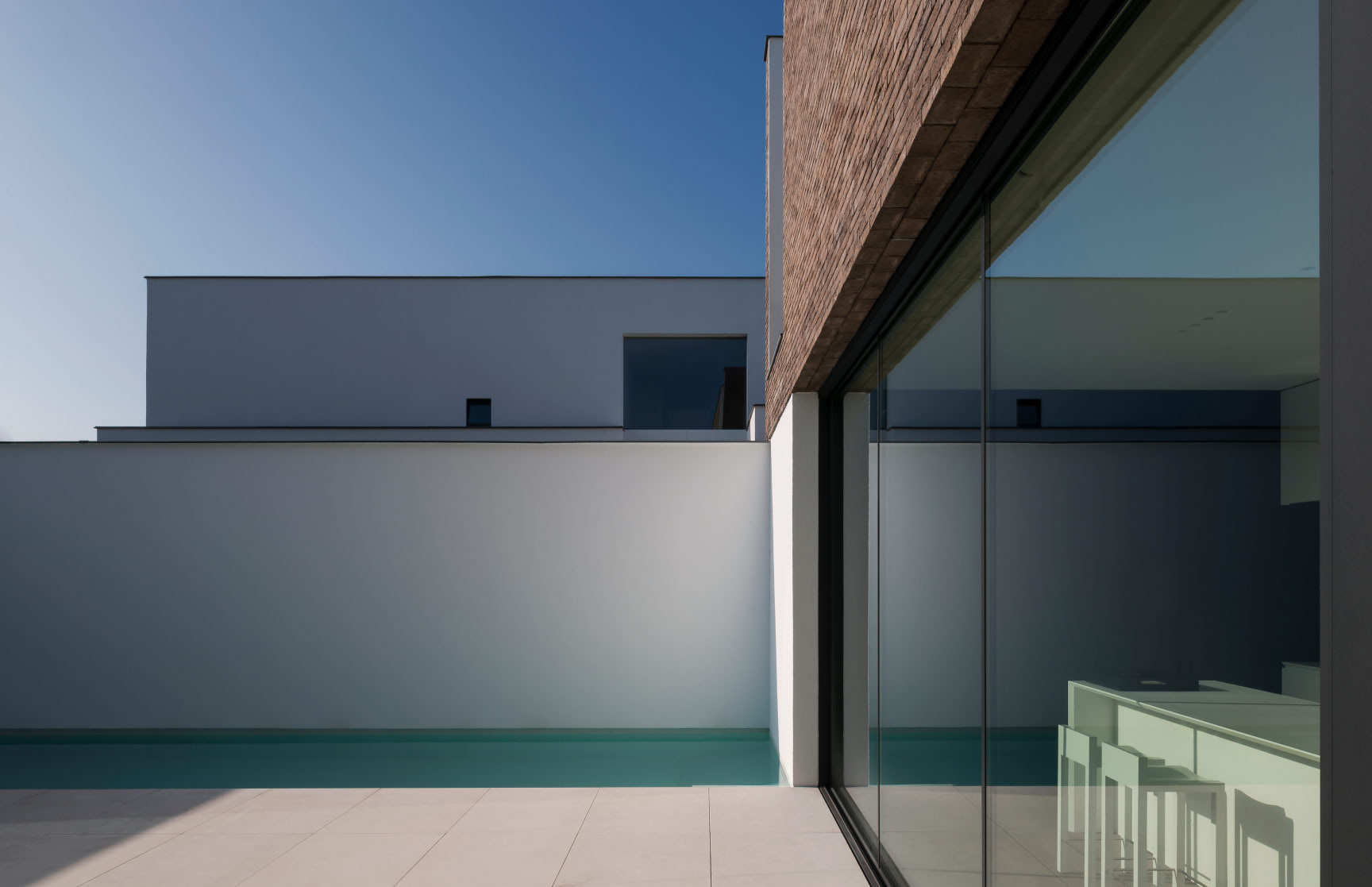Your windows are about to change. The next generation of energy-efficient windows, electrochromic windows (“eWindows”) or smart windows, are replacing their conventional predecessors as builders and homeowners realize the enormous advantages of installing these energy-saving alternatives. eWindows control the amount of natural light entering your home or office by tinting at the touch of a button, making them an essential addition to any smart building.
The heating, cooling, and lighting of buildings account for 27% of global CO2 emissions—installing eWindows can reduce gigatons of these emissions annually. As smart windows have grown in popularity over the past few years, so too has data that shows how they save energy, reduce costs, and regulate indoor temperatures—making them a necessary component for decarbonizing buildings.
Three key points have emerged from recent studies that demonstrate how eWindow installations save energy and provide unparalleled comfort:
1. Smart windows increase building energy efficiencies in all climates
Smart windows reduce the heating and cooling loads of buildings in cold, warm, and hot climates. Recent studies have consistently shown significant energy savings:
- Singapore’s Tropical Test: eWindows deployed in large-scale prototyping chambers enabled 19% energy savings compared to single-glazed windows.
- Tehran’s High-Rise Office Building: Simulations assessed eWindows’ impact on a high-rise office building and showed energy consumption reductions of up to 14%.
- Seattle’s Seven-Story Office Building: A year-long study demonstrated 18% energy savings by integrating eWindows in a 45-year-old, seven-story office building.
These findings align with other research conducted, including simulations that demonstrated average energy savings of 10% in office buildings across major U.S. cities and a remarkable 39% energy savings in a south-facing perimeter office in the San Francisco Bay Area. Simulations for buildings in Helsinki, London, and Rome showed average energy savings of 36%.
2. Smart windows reduce cooling equipment costs
Energy savings are only part of the story. eWindows also enabled significant reductions in cooling equipment costs by minimizing heat infiltration during the hottest parts of the day:
- Minneapolis, Phoenix, and Washington, DC: A 2010 simulation demonstrated that eWindows could cut cooling equipment costs by 30-35% in new construction and 40-50% in retrofits across different climates.
- Denver, Colorado: In 2013, a low-rise office building saw a 20% reduction in cooling equipment expenses due to eWindows.
- Stockholm, Sweden: A recent simulation suggested that eWindows can enable considerable downsizing of cooling equipment.
3. Smart windows keep interior temperatures pleasant
The impact of smart windows goes beyond numbers—it is also felt in the comfort of indoor spaces. By electronically tinting to limit excess heat, eWindows help maintain cooler room temperatures:
- New York City Apartment: On a scorching 31ºC day, rooms equipped with eWindows felt a refreshing 6ºC cooler than rooms with traditional windows.
- Singapore’s Prototyping Chambers: This study showed that eWindows led to a remarkable 4.4ºC reduction in interior surface temperatures.
The evidence from these real-life scenarios demonstrates that eWindows are an innovative yet practical solution for creating energy-efficient, comfortable indoor environments.
The future of windows is here, embodied in Miru eWindows. With our innovative manufacturing processes, we are committed to making game-changing smart windows more accessible than ever before. With financial incentives making eWindows more affordable than ever, now is the time for the building industry to embrace this clean technology and reduce global carbon emissions.
To learn more about Miru eWindows and how they can transform your space, contact us at contact@mirucorp.com.
